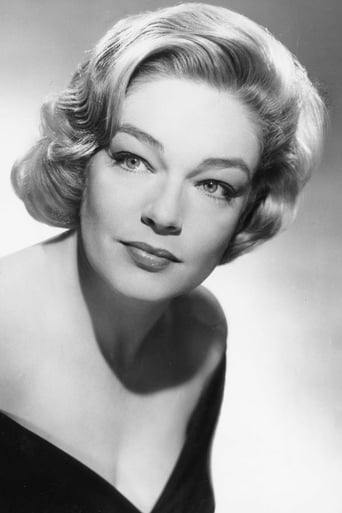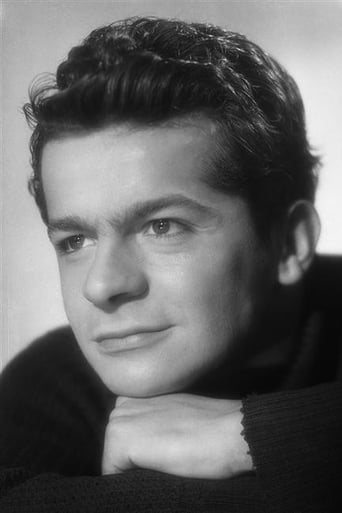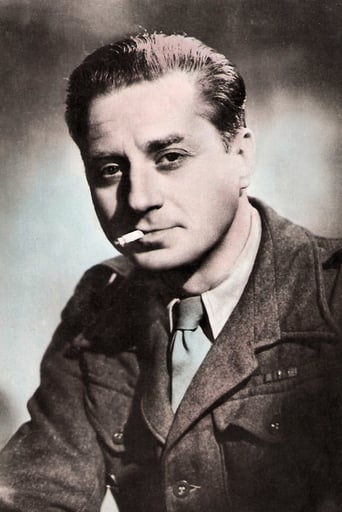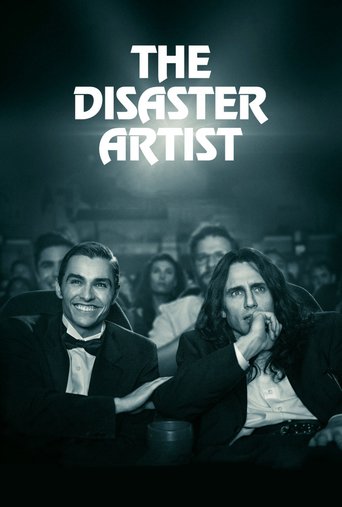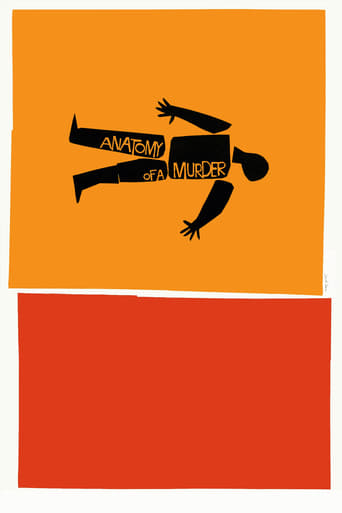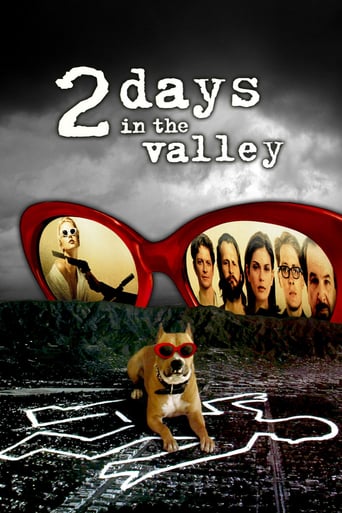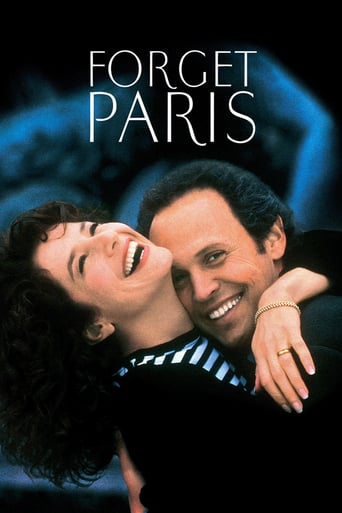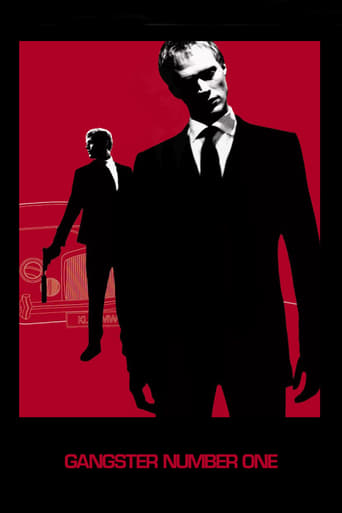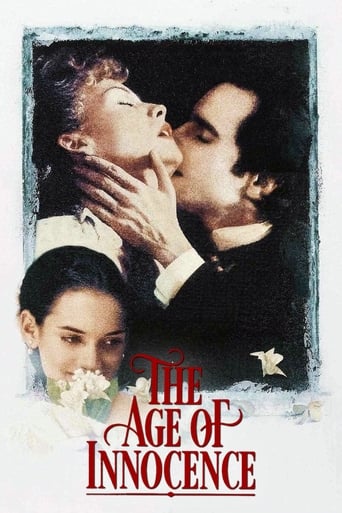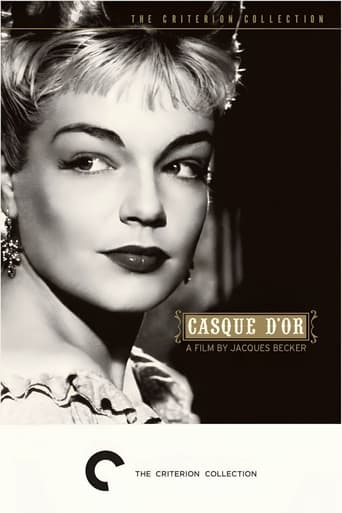
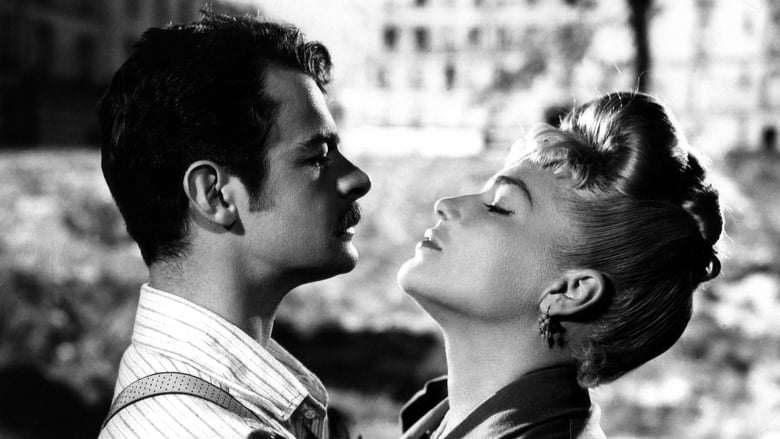
Casque d'Or (1952)
At the end of the 19th century, during a ball in Joinville, on the outskirts of Paris, Georges, a former delinquent working as a carpenter, meets Marie, a young woman connected to a criminal gang.
Watch Trailer
Cast
Similar titles


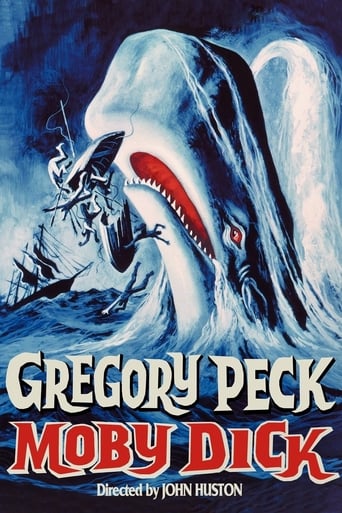
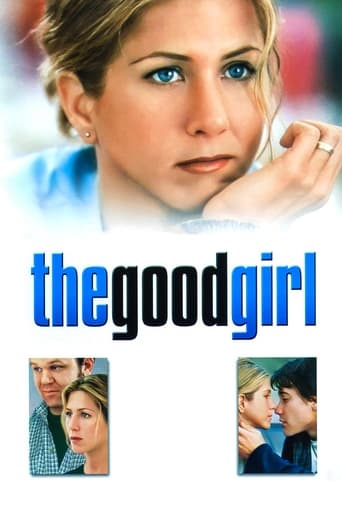
Reviews
Purely Joyful Movie!
Instead, you get a movie that's enjoyable enough, but leaves you feeling like it could have been much, much more.
It's entirely possible that sending the audience out feeling lousy was intentional
This is one of the few movies I've ever seen where the whole audience broke into spontaneous, loud applause a third of the way in.
A beautiful film, "Casque d'Or" refuses to be cataloged as a tale at the edge of melodrama and opts for tragedy in a poetic tone rarely expressed with so much visual richness and verbal economy. The story is set during the "belle époque," between prostitutes and "Apaches" (name given to marginal Parisians in late 19th century and early 20th century), based on a real case occurred in 1902, a love triangle between a streetwalker and two ruffians, played by a radiant Simone Signoret as the prostitute Marie (nicknamed "Casque d'Or" for her blonde mane), Serge Reggiani as the carpenter she falls in love with, and Claude Dauphin as a ruthless ruler of pimps and wine dealer. The story evolves with violent effusions and moments of intense lyricism, expressed through beautiful black & white images and characterizations where gestures and glances shine with precision - especially Simone Signoret's eyes, as when she says goodbye to her future lover in a ballroom next to the river. Jacques Becker turned it into a masterpiece, so by the late 1950s he was not targeted by the attacks of the "nouvelle vague" rebels (Chabrol, Truffaut, Godard et al). It is good to remember that these young men, although they made good films, quite often made unfair judgments of the cinema of old masters, as Carné, Clouzot or Duvivier... because they wanted to make cinema and the industry did not give them entrance. I do not know if Carné, Clouzot or Duvivier, who made "cinéma de papa" (pejorative term coined by Truffaut) had any fault, but some of the films that were rejected are far from being despicable productions, and in many cases far superior than their detractors' own movies. In any case, Becker did two more great works, "Hands Off the Loot" in 1954 with Jean Gabin and Dora Doll, and in 1960 his last film, "The Hole" (Le trou), a classic drama about a jailbreak. "Casque d'Or" is absolutely recommended.
"Casque d'Or" is a very well made film. However, I must also point out that the characters themselves were not particularly likable or easy to believe--even though the story is supposed to be based, at least in part, on a real case.The film is set among the seedier elements in Paris in the 1890s. It begins with a woman of very easy virtue (Simone Signoret) meeting a man who is a carpenter (Serge Reggiani). Their meeting is VERY tempestuous and throughout the first part of the film they seem to have a love-hate relationship. Later, when he tries to talk with her in a bar, a fight breaks out and he kills a man. What happens next is rather sad and sordid--though I never really cared about the characters.Compared to the average American film of the time, this movie is a bit shocking. While there is no nudity, the characters are rather matter-of-fact about sex. One man gropes Signoret's breasts early in the film and later Signoret and her lover (who barely know each other) jump into bed. At the time, I am sure international audiences were a bit shocked by all this. They also might have been shocked by the fact that EVERYONE in the film is a bit slimy--and some are VERY slimy--though this isn't all that different from some Film Noir.All in all, the acting is nice, the film work is nice and the sets very nice. It's just a shame that although the story had a few nice twists I never really cared about any of them.
The basic question at the heart of Jacques Becker's 1952 film Casque d'or is whether Simone Signoret is worth destroying your entire life over. The logical answer would be no. She's pretty, but she ain't that pretty. Becker's answer is the opposite of mine. Serge Reggiani plays the ex-con, now working as a carpenter, who has the misfortune to be introduced to Signoret by his old prison buddy. Fed up with her gangster boyfriend, Signoret gleefully accepts an invitation to dance, and makes sure her boyfriend knows just how gleefully. That opens up a can of worms that the dummy could just as easily have walked away from unopened. All this film really has going for it is general prettiness. Not only Signoret, but the costumes and the cinematography are very nice. The story itself is entertaining enough, I guess, but for most of the film I was just shaking my head thinking how Simone Signoret was so not worth the trouble.
One more memory game: I'd been wanting to re-see this for years after a single Pacific Film Archive screening I'm not sure what decade. Memories of style as attack, attack by aura, dancers and fighters tracing curves across the screen. Manda's one-armed grab of Marie's waist the first time he dances with her. All the film's men swaggering, strutting, dancing with pointed nonchalance. Cummerbund things. Caps, derbies. Knives. Guns?! Yes, there are guns, but those I'd forgotten. The knife fight that my memory placed near the end, High Noon style, actually starts things moving. Maybe -- I'm only slightly ashamed to say it since I know hundreds of French films -- a little bit of Chuck Jones' or Pepe le peu's France had leeched into what I remembered. Or maybe it was Popeye introduced me to apache dancers.So now I own it. Most of the story returns as I watch.Just one small thing I want to say though, that anyone else might not, has to do with what photographers call highlights. Only two characters, Marie "Casque d'or" and her Manda, get eye sparkles. Especially when they're with each other or thinking of the other or her eyes are tearing, Becker and his photographer allow a bit of maxed out exposure, to us gleam, a twinkle, a tiny bit of white screen in a black pupil. Did they manually scrape the film to allow light to show through? Some when zoomed in upon look like little crosses, or multi-pointed stars with long axes. They're quite intricate. I've never developed film, but know from converting digital images in my editing software to black and white that this is both difficult to achieve naturally with a camera and difficult to create after the fact so as to look natural. But it's no lucky stroke that the two lovers' eyes gleam. Becker did it. The only other character allowed this sparkle is Leca, a single instance, I think right before he forces himself on Marie.Light laces the film's parts. The boats of the opening emerge from a silver white landscape as simply, deceptively simply, conceived as sumi-e. The girls and the gang soon turn the light into motion on the dance floor. The "swells" are light, as is any and every sheet Marie has lain upon. Does the guillotine blade sparkle? Probably not. I've forgotten again already.Touch points? Not for light, but for motion, dance, and both male and female confidence and swagger: Carlos Saura's Carmen and Blood Wedding.
